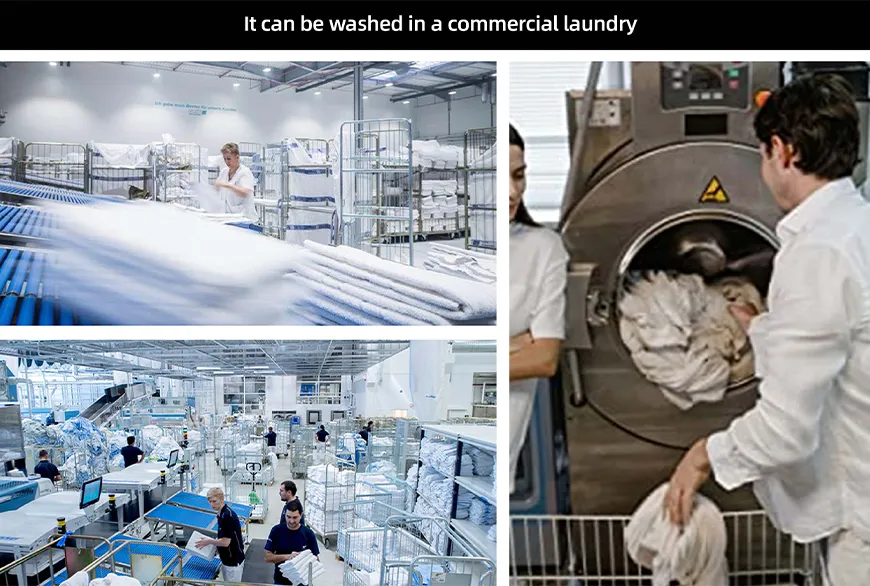Bed linens, the heart of any hotel room, are typically made from high-thread-count cotton, ensuring a soft and comfortable touch. The right blend of cotton and polyester can provide the perfect balance of luxury and longevity. Meanwhile, towels, another vital aspect, are usually crafted from absorbent materials like Egyptian cotton, guaranteeing both plushness and quick-drying capabilities.
...
2025-08-14 05:59
2322


